Nothing sends people scurrying for the sexton’s closet faster than hearing the footsteps of the stewardship chairperson coming down the hall. When it comes time for the annual quest for financial support, many parishioners say they can’t pledge for a whole year because they don’t know if they will have enough money for themselves.
Yet until church treasurers are allowed to print dollar bills, the money has to come from the congregation. So a good stewardship campaign will address the fears of the treasurer (having enough money to pay the church bills) and the parish members (having enough money to pay their own bills).
One campaign that worked exceedingly well for our parish, St. George’s in Clifton Park, New York, provided both practical and spiritual messages about pledging. The campaign, “Stewardship Is Discipleship,” had a contemplative theme, a definite timeframe, a mix of tools, and a final celebration. Pledges surpassed the goal by 9.5 percent and increased the number of families pledging to 72 percent of the total parish—because of the following factors:
A strong stewardship team
The stewardship committee comprised four or five volunteers who had strong marketing and communication skills, an understanding of the financial issues of the parish, and deep faith. While not necessarily the largest pledgers, committee members were people who had giving as a high priority in their lives.
Spend money to make money
A small amount of money was budgeted to produce a professional and polished campaign. All the materials for the campaign were designed and produced by committee members. Stationery, posters, and bookmarks all had a consistent look.
A thoughtful stewardship theme
The theme of “Stewardship Is Discipleship” tied in with St. George’s mission statement and a popular component of its adult Christian education. As “a family of disciples joyfully reaching out …” the congregation understood the importance of discipleship in Christian life. Also, for several years clergy and lay leaders had offered a series of year-long Bible studies entitled “Disciple: Becoming Disciples Through Bible Study” produced by Abingdon Press, where there was a daily focus on how to be a disciple.
The committee reminded the congregation that to be a good disciple one also must be a good steward of all the gifts of time, talent, and treasure that God has given. Proportional giving was encouraged, whether that was 1 or 5 percent, or the full tithe. The committee understood that it can be unnerving to commit a proportion of one’s income, but this was where being a true disciple came in.
A clearly defined time schedule
Our campaign ran in the spring, starting one or two weeks after Easter, and lasted only six weeks. The dates were approved well in advance to make it a time to focus on stewardship, and ended promptly as scheduled.
A mix of practical and spiritual messages
We made an effort to balance the type of messages people received. Some people understand that unless they pledge, the church cannot meet its financial obligations. Others respond to the biblical teachings about giving first fruits or giving back to God.
Charts explained where money was spent on different ministries, such as outreach, worship, and education. Individuals gave examples of how church funds enabled them to carry out these ministries.
In addition to spiritual and practical messages in the monthly newsletter and the weekly bulletin, the campaign also offered a variety of “contacts” including:
- During Lent, before the start of the campaign, a spiritually-themed letter was mailed to all members asking them to consider their reasons for pledging.
- At the start of pledge season, a personalized letter was sent to each parishioner asking for a specific amount of increase in pledging.
- Weekly presentations were delivered from the pulpit at each service. In addition to at least one sermon by the clergy, other members of the congregation spoke each week on what motivated them to pledge to St. George’s.
- A brief announcement was made at the beginning of various group meetings, such as the choir, Men’s Group, Daughters of the King, Stephen Ministers, etc., to remind people to pledge.
Follow up, say thank you, and celebrate
For those people who lagged in making a pledge, a letter was sent or a phone call made, gently reminding them that the deadline was near. There were times, however, when there were issues that needed to be addressed, whether a person was no longer in a position to make a pledge or was upset with something going on in the church (locally, diocesan-wide, or nationally). These calls were made by knowledgeable stewardship committee members who could tactfully respond to the needs or concerns of the parishioner.
Be grateful
Every person was thanked in writing, even if the pledge was only a dollar a week. Given that each gift was a gift from someone’s heart, that action deserved a grateful thank you.
Finally, a celebration concluded pledge season. Continuing the “Stewardship Is Discipleship” theme, there was a joint celebration on Stewardship and Discipleship Sunday. All outstanding pledge cards were due, and students completing any of the “Disciple” classes received their pins. Culminating with a potluck picnic—and with God’s blessing—the celebration was held outdoors as a feast for the whole parish.
Reprinted from ECF Vital Practices, the Vestry Papers issue on Stewardship (May 2007), www.ecfvp.org
